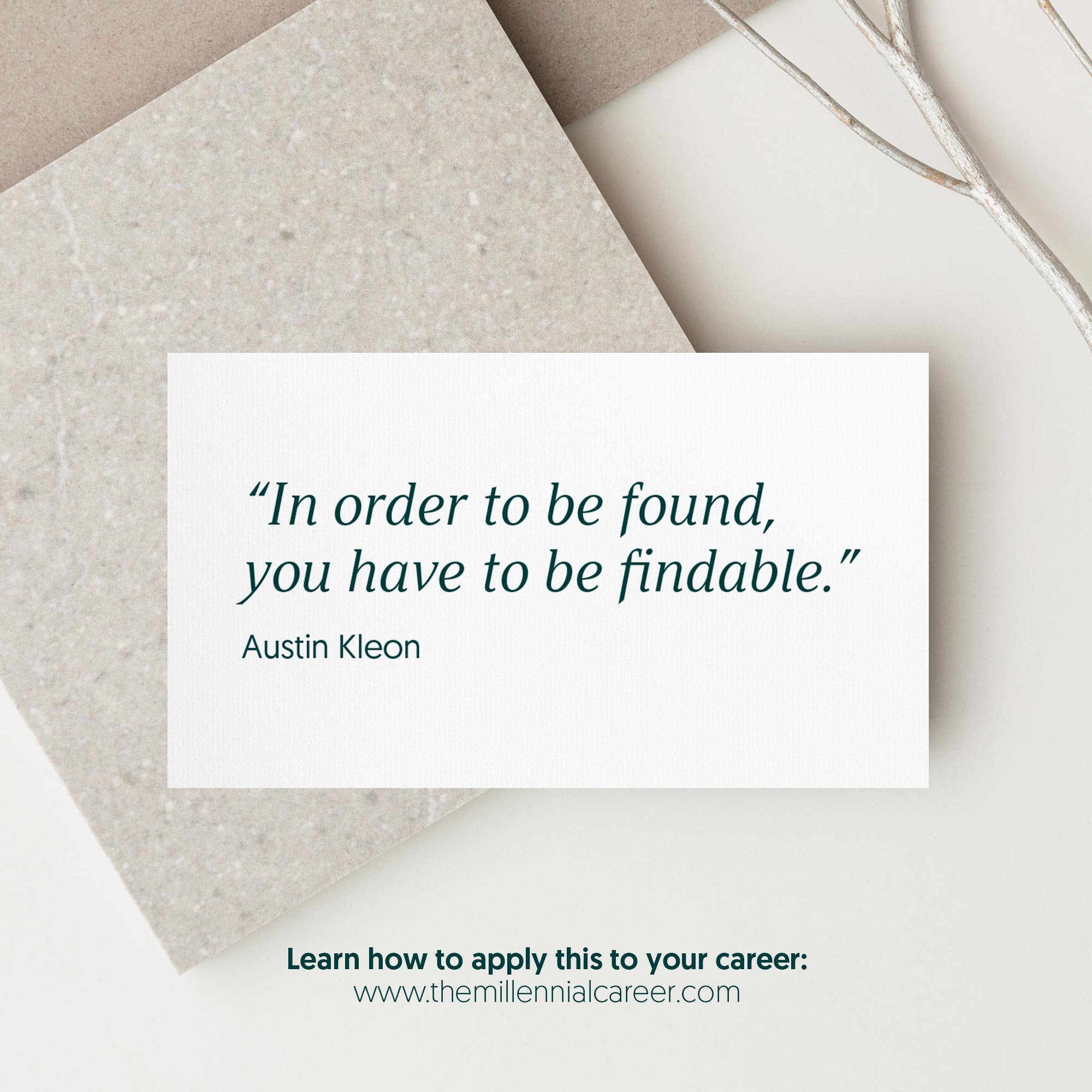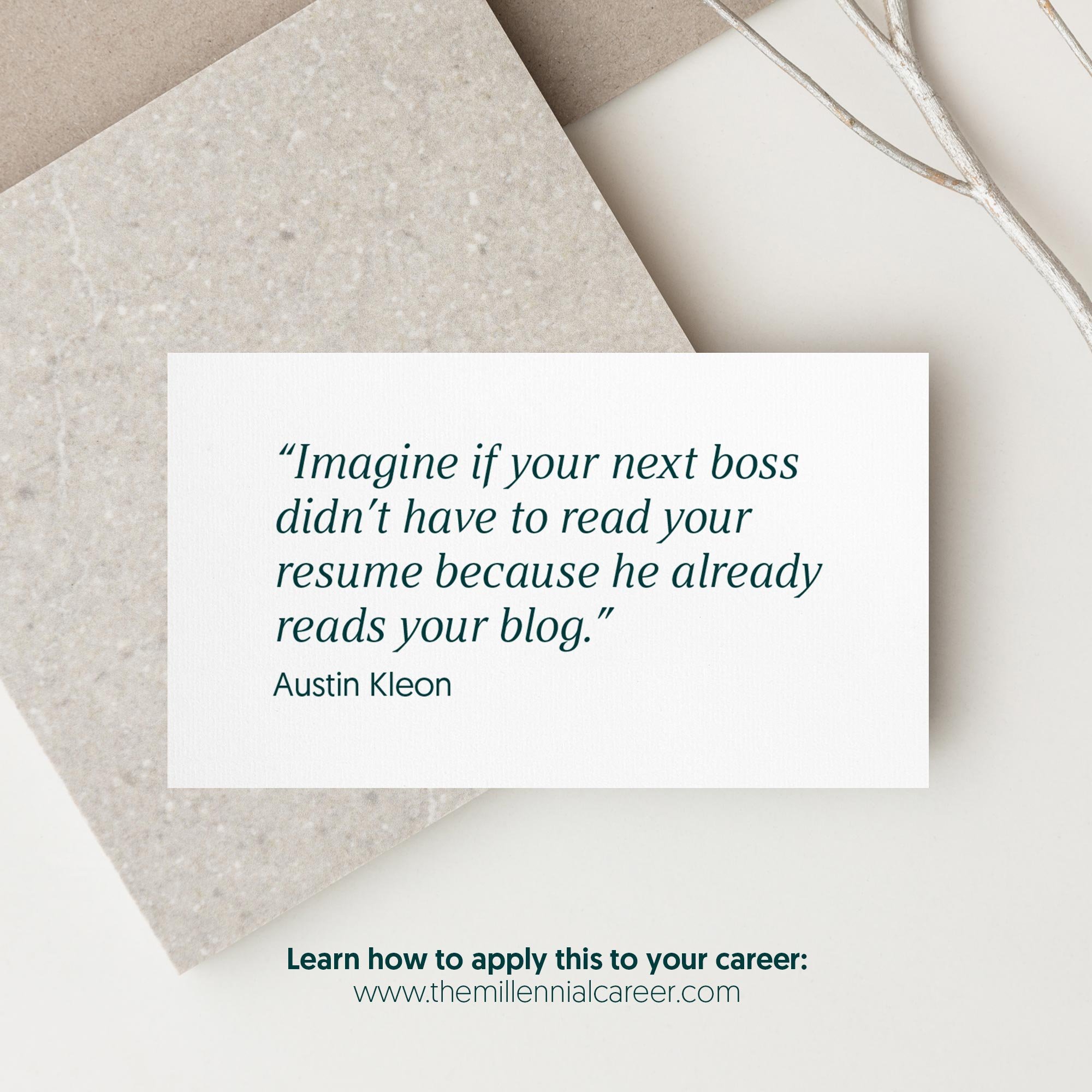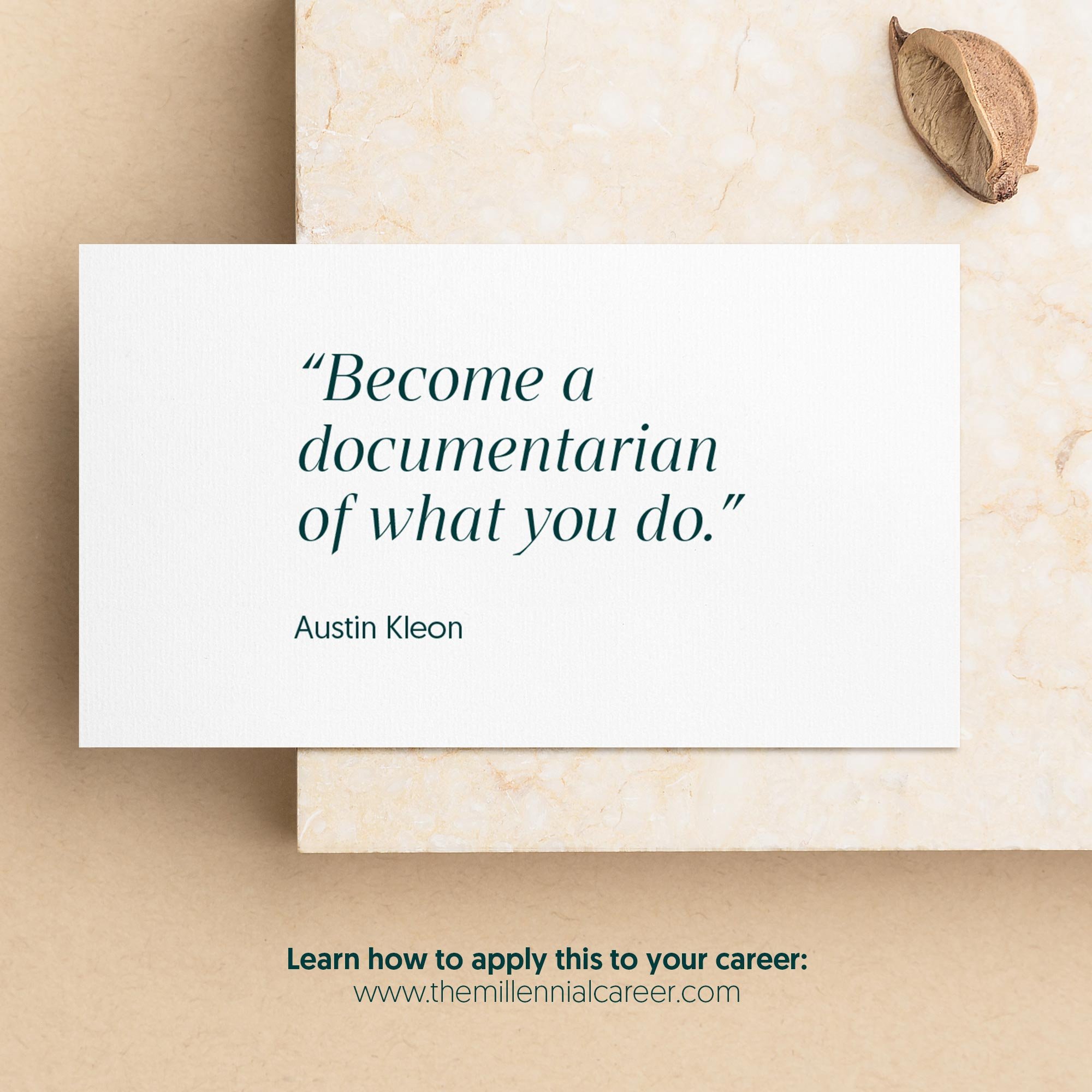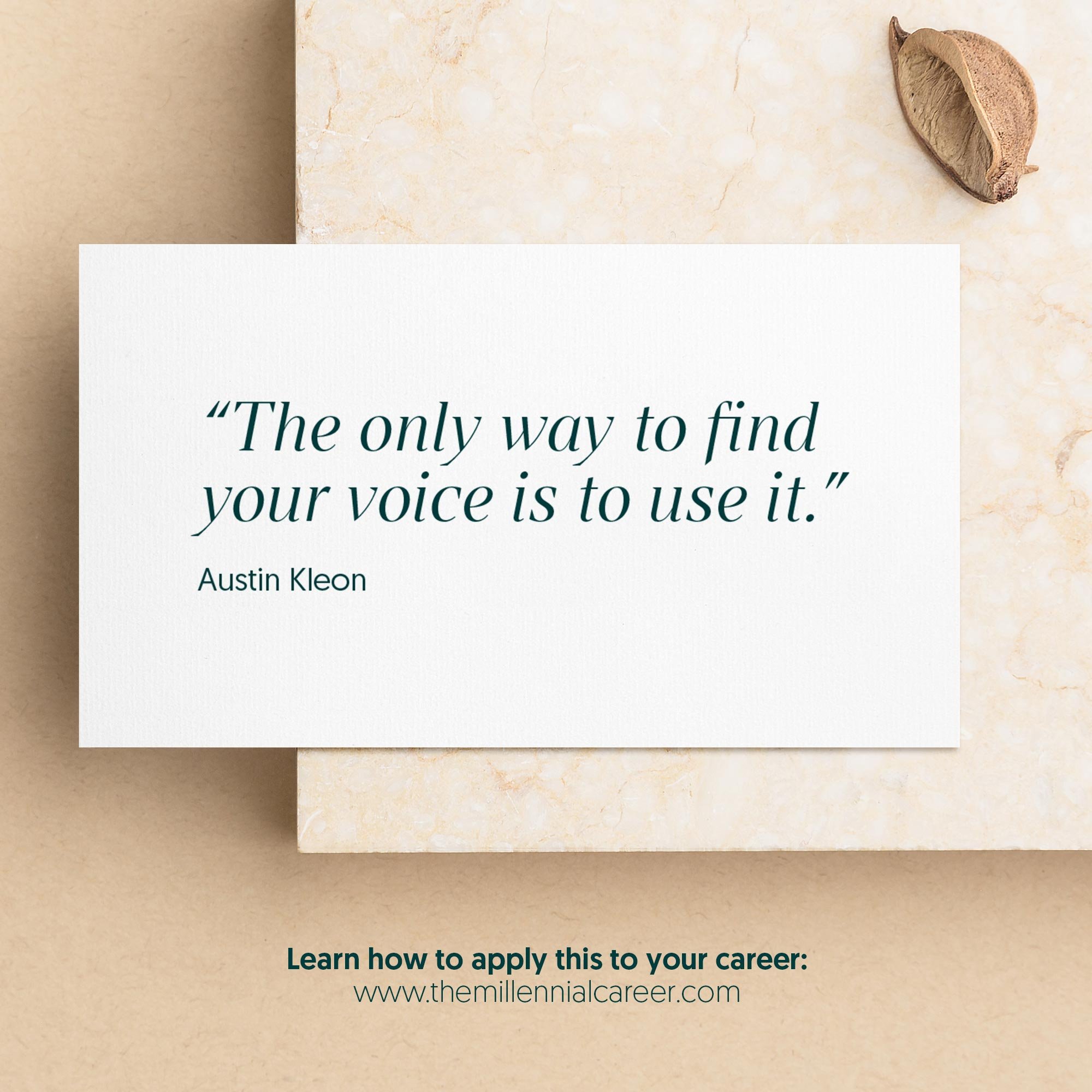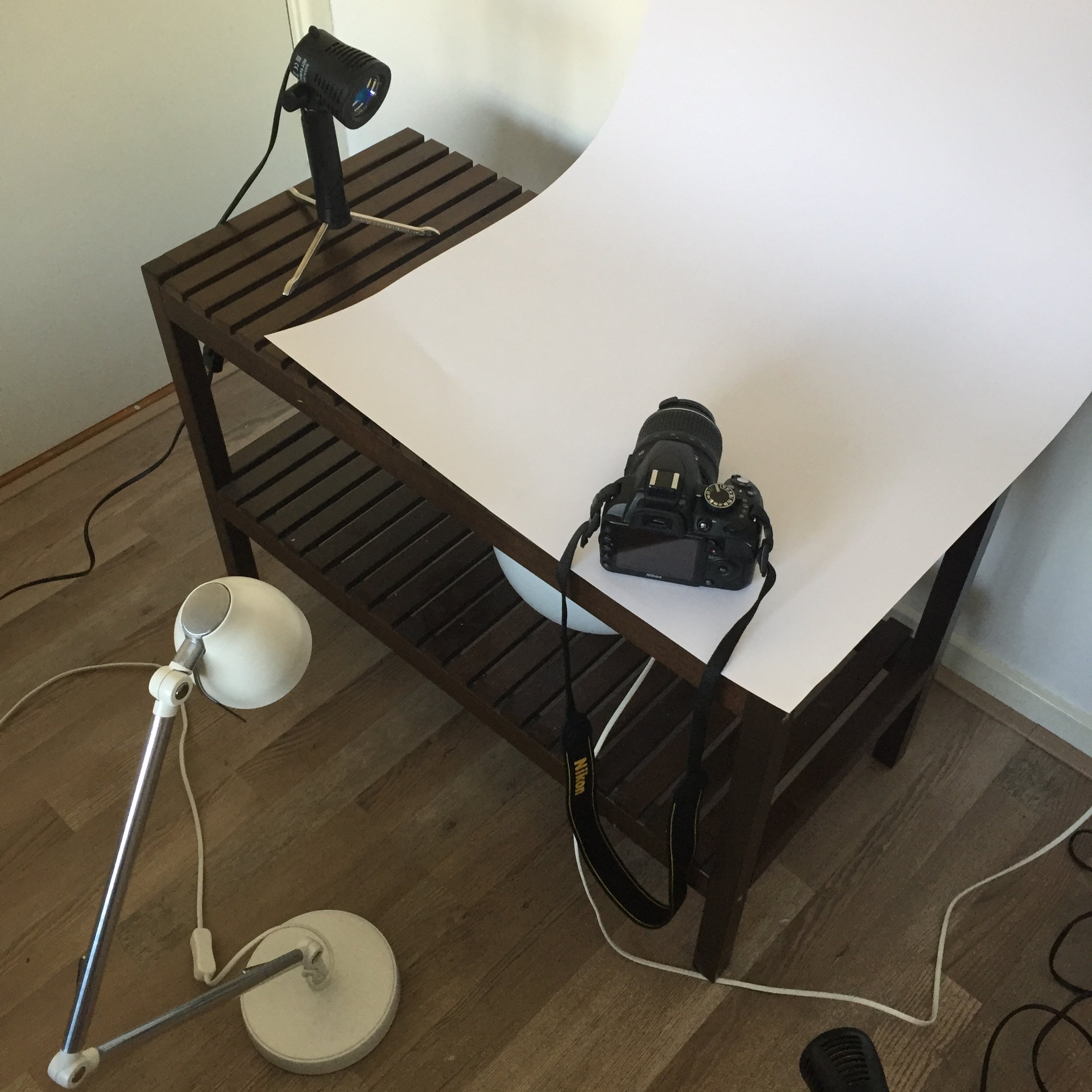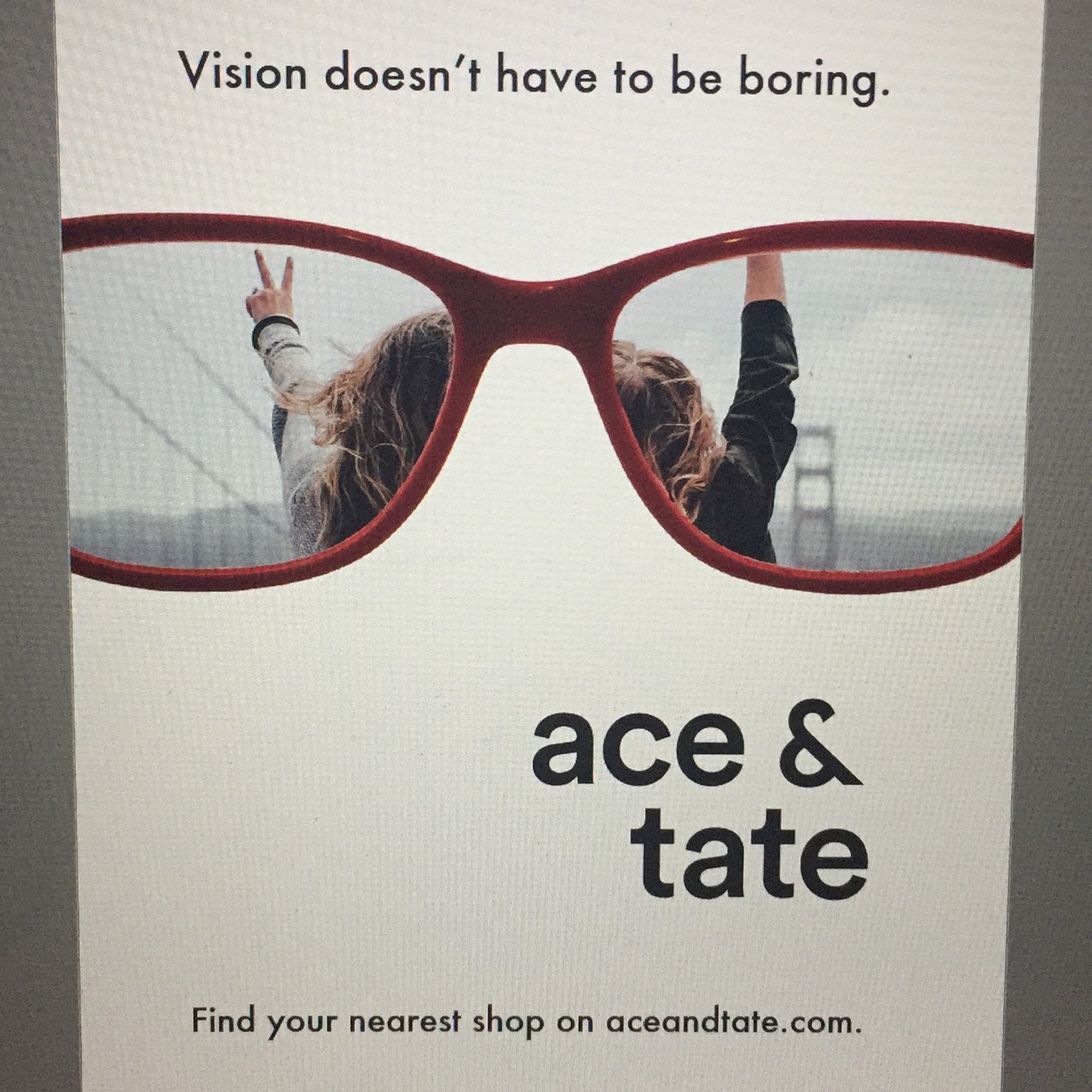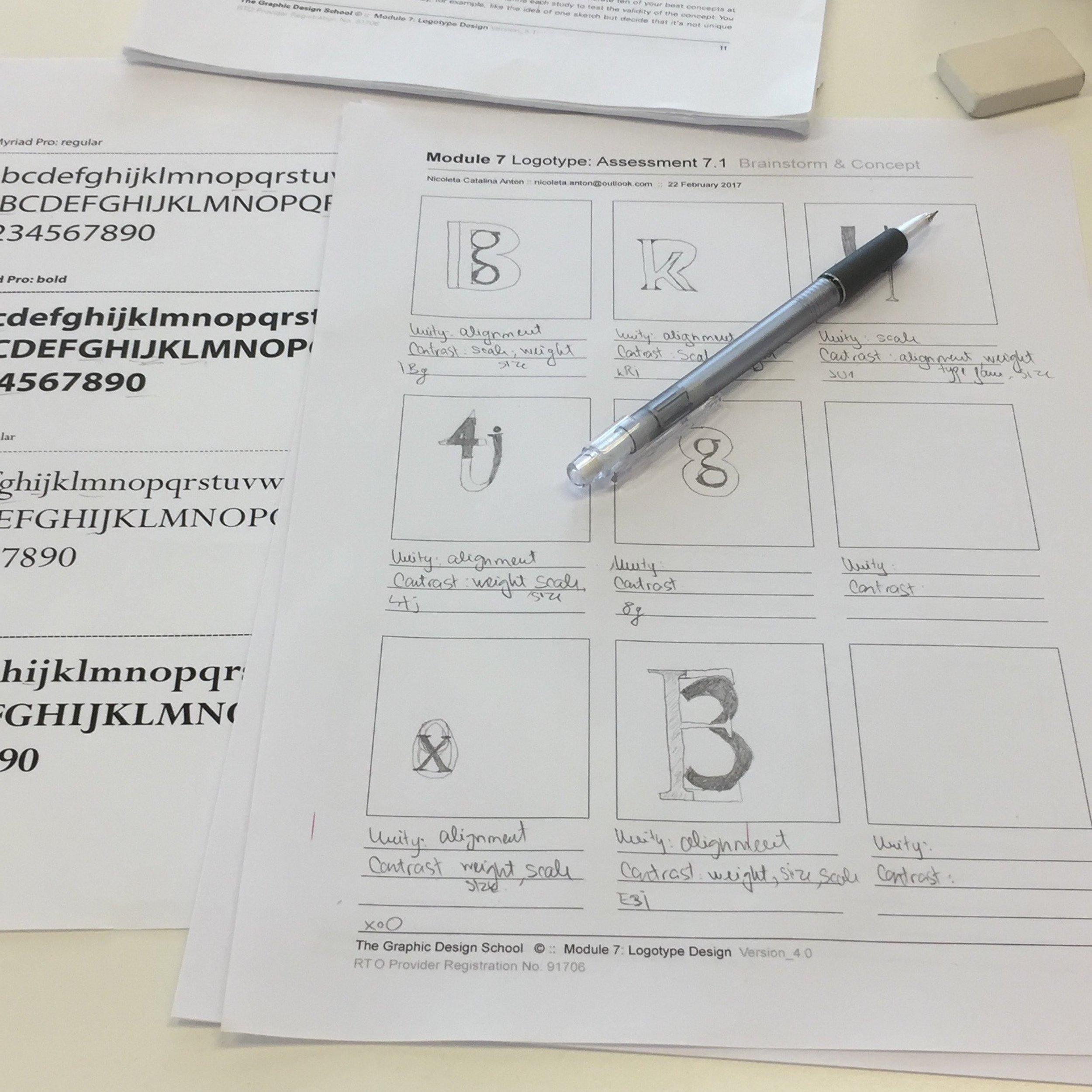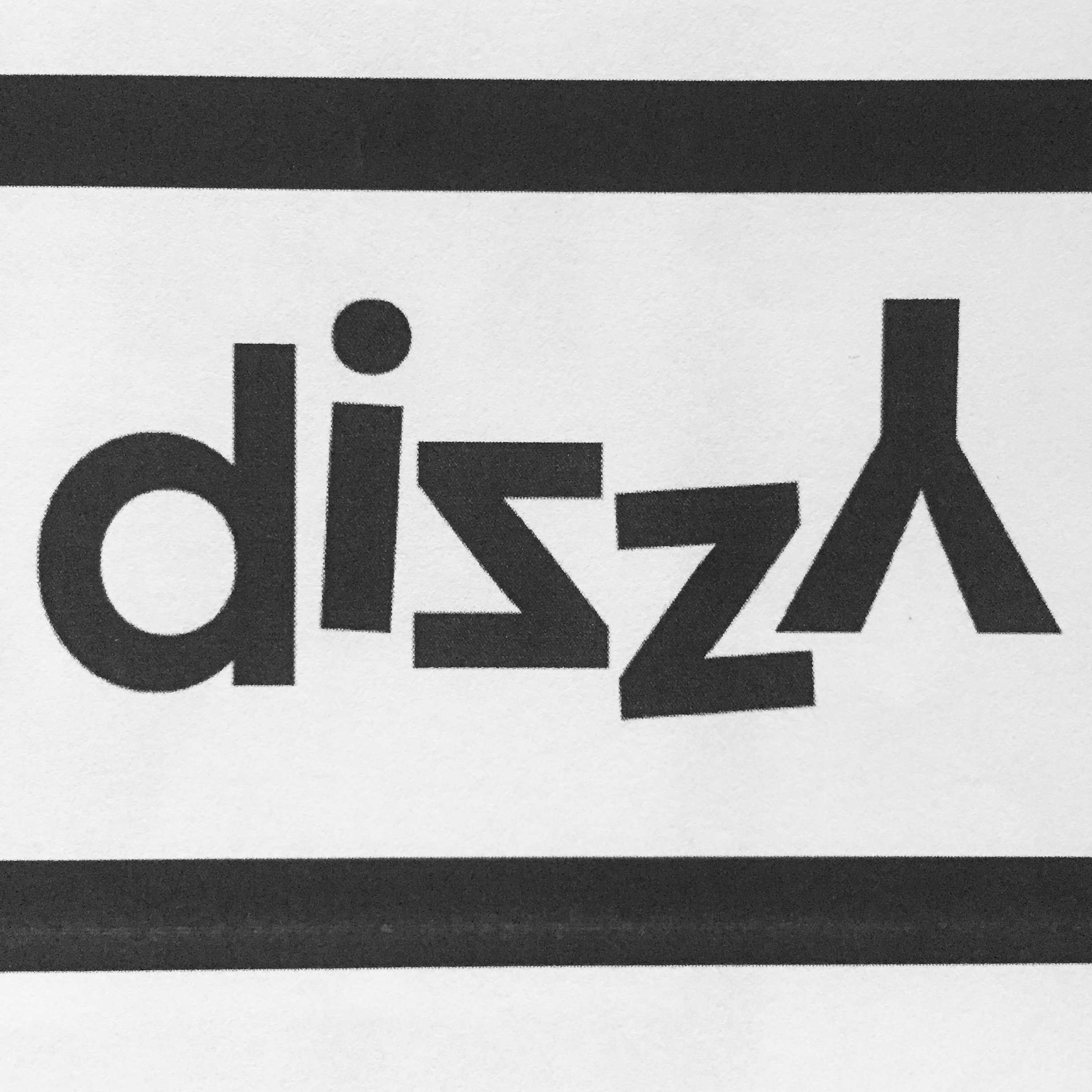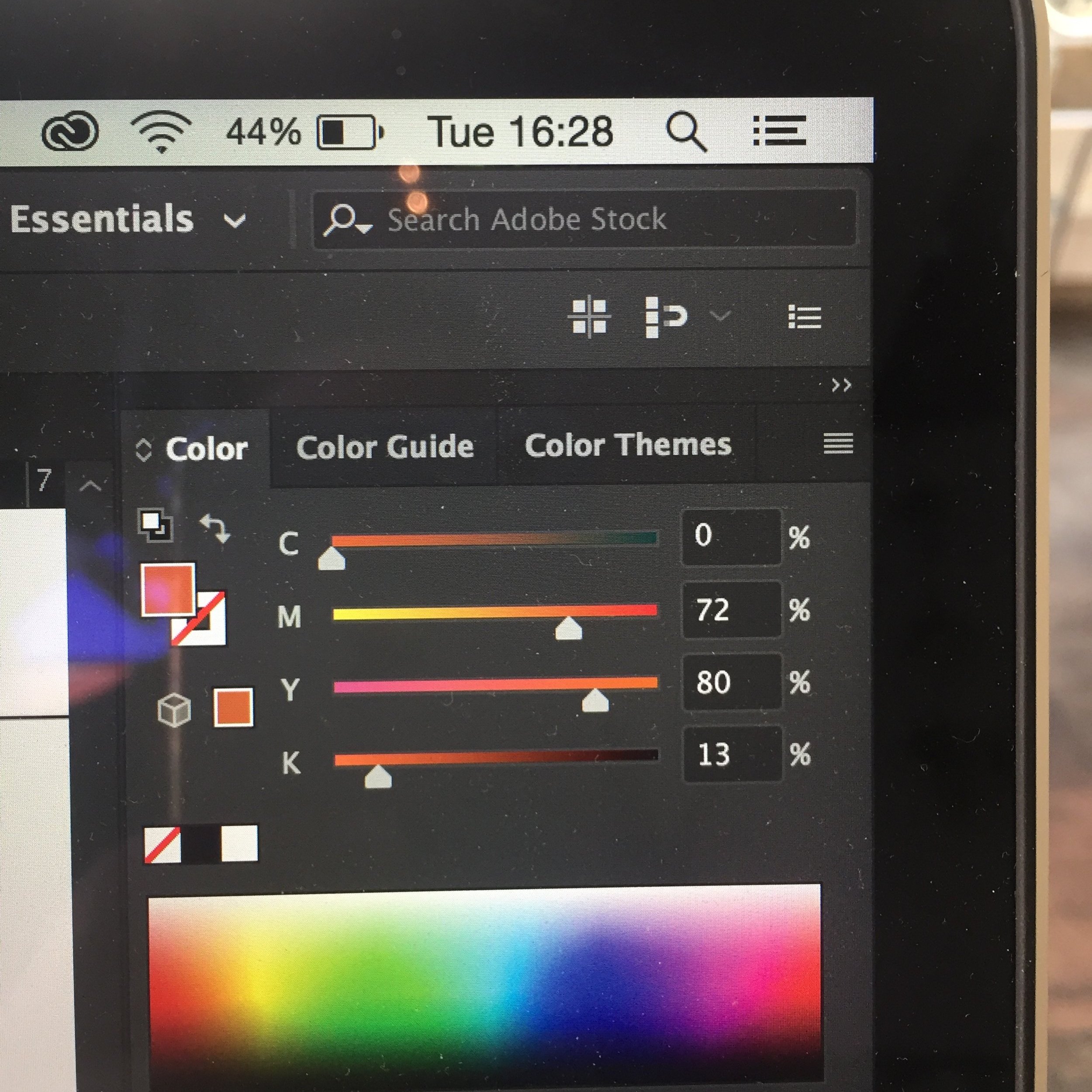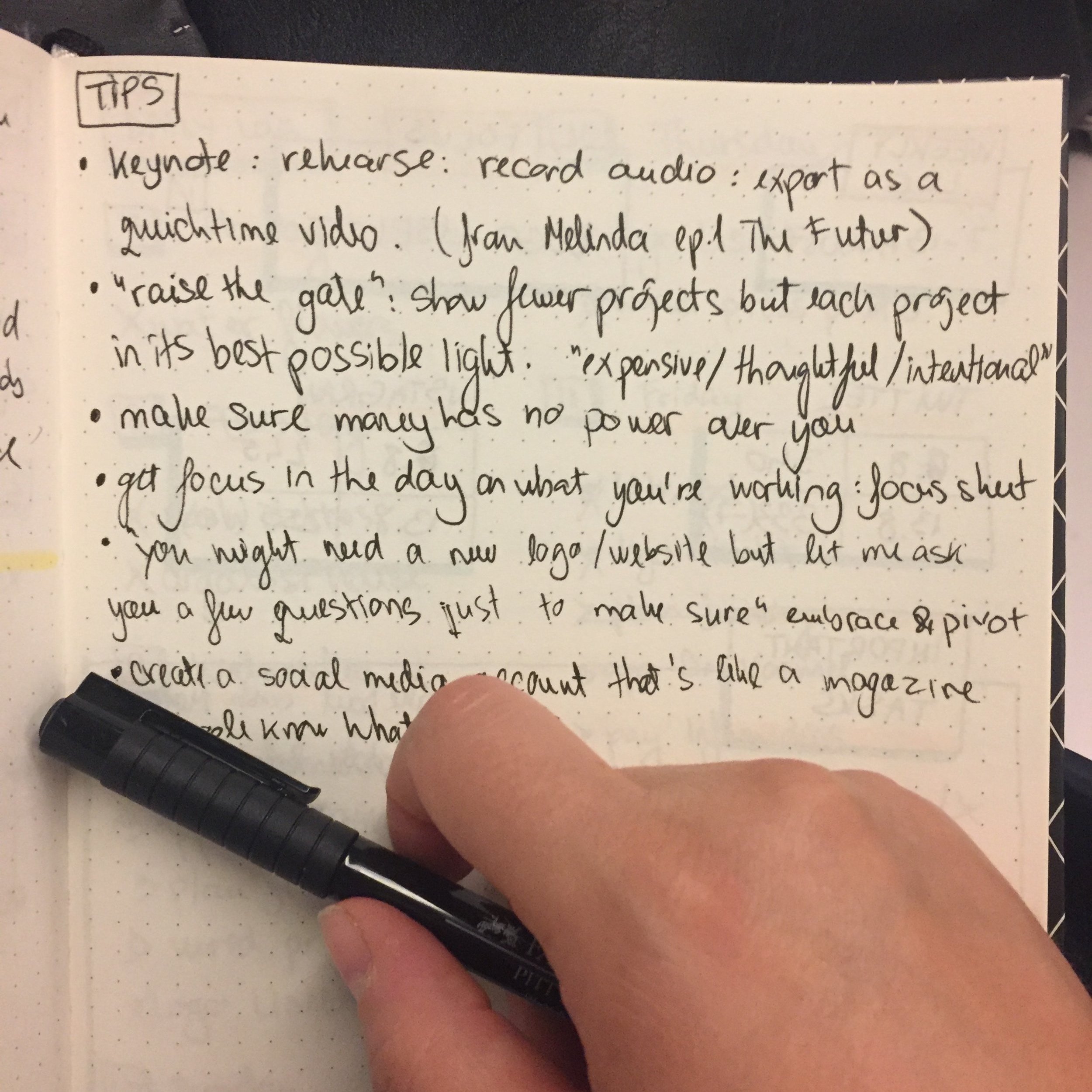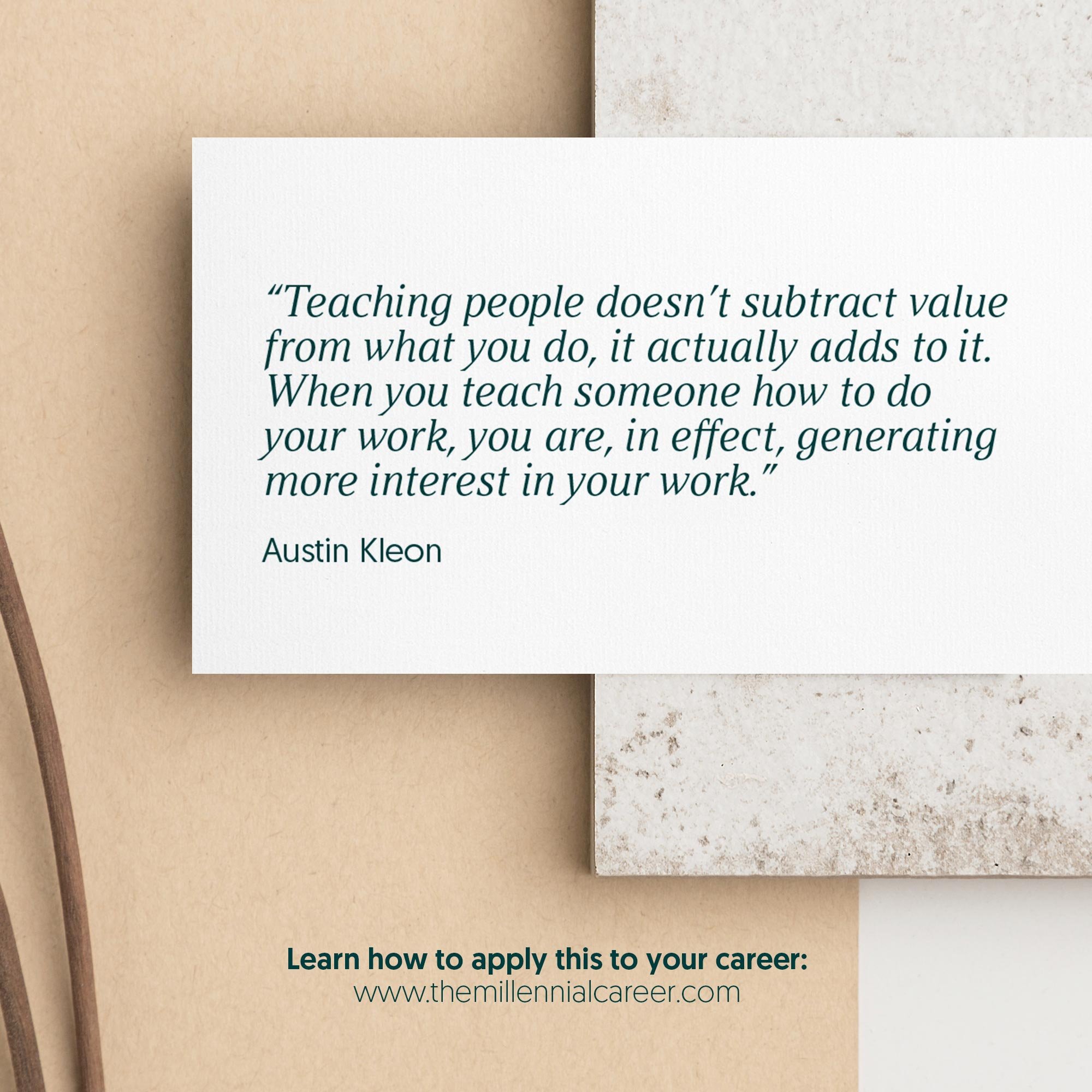3 career lessons from Austin Kleon’s “Show your work!”
Reading Austin Kleon’s book, “Show your work!” was an absolute delight. A light and easy read, it reminded me of why I like content marketing in the first place. Austin made the point – which I wholeheartedly agree with – that sharing your work and building an audience around it does not have to be sleazy – and in fact it shouldn’t.
Here are three main lessons I take from reading his book, and how you could apply them to your career.
Lesson 1: Putting yourself out there takes courage, but it’s worth it.
What Austin says:
“Imagine if your next boss didn’t have to read your resume because he already reads your blog. Imagine being a student and getting your first gig based on a school project you posted online” (Kleon, 2014, p. 3).
Just imagine! This is not only possible, but it’s already happened to some of us. My thoughts to go Charli Marie, ConvertKit’s Creative Director, who got her job offer at a conference where she shared the stage with her future boss. He liked her talk, but also the projects she saw her working on. Take a look at Charli’s story in her video.
How you can apply this lesson to your career:
Austin’s main point is that “in order to be found, you have to be findable” (Kleon, 2014, p. 2).
Why hide in a corner, along with the work that you do? Or, instead, why keep all your accomplishments limited to an email thread addressed to your boss and colleagues?
Why not share what you learn along the way, your challenges and how you deal with them, your successes and how you got to accomplish them?
Here are two practical tips on how you can start sharing your work with an external audience:
Tip 1: When you wrap up a project at work, write down a few lessons you learnt during that time.
Often, when it comes to projects, we always learn something as we go along. It can be how to approach a certain situation differently, how to make a process more efficient or effective, how to deal with certain stakeholders, how to manage expectations, how to manage time,
Asking yourself these questions might help:
What did I learn from working on this project that I did not know when getting started?
What am I really proud of? Why?
What advice would I give myself if I could go back to the start of the project?
What will I do differently next time?
Even jotting down bullet points is enough to get you started.
Next, take one of these ideas and write a few sentences about it. You can then turn this paragraph you wrote into a LinkedIn post.
Remember, it does not have to be fancy or “sound good”, it just has to add value to someone who reads it. This comes from sharing an insight/a lesson you learnt through experience.
This also reminds me of something Dorette used to say when we worked together, that people don’t care about what you share on LinkedIn, but about why you are sharing it. So add your two cents to any idea, chances are there is already value in that for the people in your network.
Tip 2: Take a look at what your professional network is saying on the channel you like to spend time on, whether this is LinkedIn, Twitter, or something else entirely.
If someone is asking a question or is looking for a recommendation, go ahead and share your advice. Or point them in the right direction. If you get yourself in the mindset of being helpful to your network, they will start noticing. You never know when paying it forward will start paying dividends. Just keep showing up and being helpful.
Commenting or answering questions is also a way of sharing your work. This is because you are engaging in conversations where you share your knowledge and insights, which, over time, build relationships. Answering a question also adds value to your audience, and this, to me, is the whole point of sharing your work in the first place: be helpful.
Want to know more about what to share to position yourself as an expert? This article offers some ideas on how to get started.
Lesson 2: You always have something to share, even when you don’t think you do.
What Austin says:
“The only way to find your voice is to use it” (Kleon, 2014, p. 21).
Sometimes, what we want to say starts coming to us as we start speaking. So, it is worth exploring sharing your work as an exercise to clarify what you find important about it yourself. Another message I am taking away from the book is that you do not have to wait for a finished “product” or idea to share it, but you can also document your work, as you go. Austin encourages you to “become a documentarian of what you do” (Kleon, 2014, p. 39), as it allows you to forge a relationship with your audience, because “audiences not only want to stumble across great work, but they too, long to be creative and part of the creative process” (Kleon, 2014, p. 38).
How you can apply this lesson to your career:
Working in a creative field is not a requirement for you to be able to share your work and your process with your stakeholders. You can do this in any job you have. The benefit will be that you give people visibility into how you work, your work ethic, your standards, your process, and it helps them understand you and the value of your work better.
If you work in finance, it might mean that you can share the logic behind why the marketing department must report their numbers to you every month and why it is not a hassle, but a useful measure of how they are doing, which can allow them to course-correct or show them where they can invest more and where they can do with less. You can talk about the importance of the numbers in your spreadsheet, and how the insights they generate are related to the bottom line.
If you are an event manager, you can share the behind the scenes of what it actually takes to organise a great event, so that next time participants join one of your events, they know all the hard work and logistics that go into allowing them to have a good time.
If you are heading the ecommerce department, share with your audience not only your website, but what goes into making a great website that converts. Don’t just hire the SEO person and the growth hacker, show the value that SEO brings – how it doesn’t matter how great your website content is, if no one – or the right someone – cannot find it. That someone could end up loving you for it.
If you are a graphic designer, don’t only show the final version of your work, but take people in your studio, and show them previous iterations. There is power in knowing that you do not always start at perfect, but that it is the process that allows you to tinker at an idea until it feels exactly right.
The less glamorous part of your work is often the very part that has to be there in order for you to do your work well – so treat it with the importance it deserves – people might be as interested or more interested in it than the polished final version.
Sounds like something you would like to do? Read this article about how to pick your topics in a crowded space.
Lesson 3: Teach everything you know.
What Austin says:
“The minute you learn something, turn around and teach it to others” (Kleon, 2014, p. 117). There is value in sharing the lessons you learn, as you learn them.
Austin goes on to say that “teaching people doesn’t subtract value from what you do, it actually adds to it. When you teach someone how to do your work, you are, in effect, generating more interest in your work. People feel closer to your work because you're letting them in on what you know” (Kleon, 2014, p. 119).
How to apply this lesson to your career:
Sometimes, it may be imposter syndrome that holds us back from showing our work. Other times, we may think we do not know enough yet to share something and still remain credible. We might never feel like we know enough, because where do we draw the line between novice, knowledgeable and expert? It is all subjective, to a certain extent. Ask yourself this: what was the moment when you decided you actually knew what you were doing at work? When did you tell yourself, “I really know what I’m talking about”? Could you have predicted that exact moment? Maybe you still feel that you are not there yet. Will you ever be?
What if you worked in an industry, or a position, that requires constant change? If you are a CEO in tech, does what you learnt in business school in the 90s still fully apply to running a successful business now? If you work in an agency, does the agency model still work like it used to when you got started? If you worked in PR, how did things change when you ended up heading the entire marketing department? Or, what if you moved from sales to real estate – what skills could you transfer and what would you need to learn anew?
Things constantly change, and you change with them. You are never only an expert, and you are never only a novice. So just share what you know at this moment in time. There will always be someone who knows less than you do.
Here is me documenting my process from a few years back, when I was in design school…
Image 1: This is me trying to take a “professional” photo of my glasses for a school project. Trying to eliminate as many shadows as possible is hard work! :)
Image 2: Me creating a (not so good) poster using said photo of my glasses for the same school project.
Image 3: Studying typefaces was one of the hardest parts in design school, for me. This is me trying (and not managing very well) to draw some letter combinations.
Image 4: Me trying to visually show the meaning of the word dizzy for a design school project.
Image 5: This is me trying to come up with a colour palette for visual identity I was making.
Image 6: These are my notes from watching videos on The Futur’s YouTube channel. I learnt a lot about design by watching Chris Do and his guests explain their own thinking and their own process.
Did you find this article helpful?
If you did, yay! I’m so happy that this is the case. Sign up here to receive more career tips directly in your inbox.
If you didn’t, I’d love to hear from you. What didn’t hit the mark for you and what would you like to read about instead? Email me directly and let me know.
Who is Austin Kleon?
Austin Kleon describes himself as “a writer who draws”. However, in my eyes, he is much more than this. He authored several books where he shows us how you can be creative in today’s digital age, and would warmly recommend you check him out.
Also, please know that this article is my interpretation of his book’s message, so if you want to see his own words, go to the source.
References
Austin Kleon (n.d.). Show your work! Retrieved May 1, 2022, from https://austinkleon.com/show-your-work/.
Charli Marie. (2017, October 14). How I became a digital nomad working remote! [Video]. YouTube. https://www.youtube.com/watch?v=qiRra-GZOPM&t=174s
Kleon, A. (2014). Show your work! 10 ways to share your creativity and get discovered. Workman Publishing, New York.

